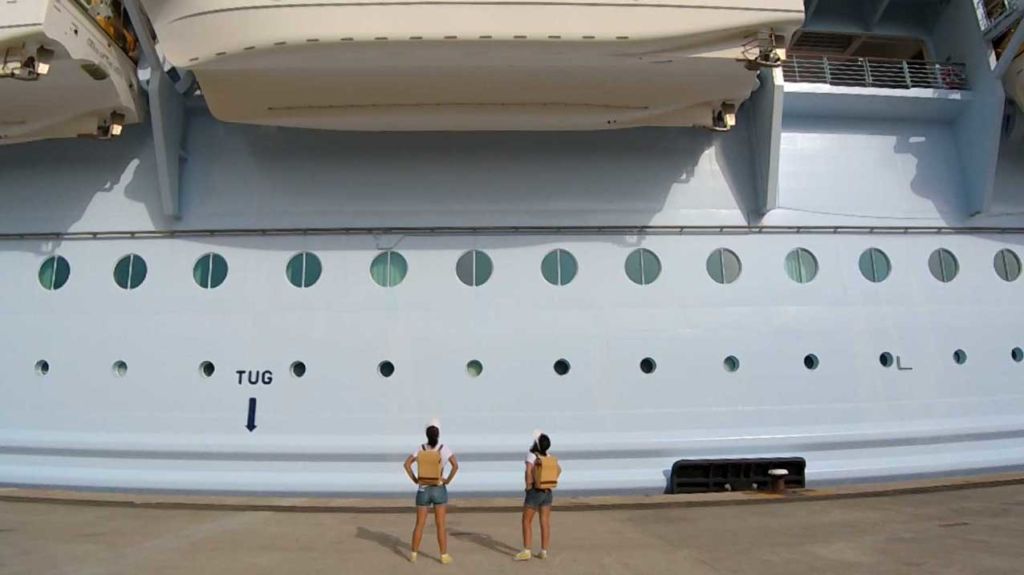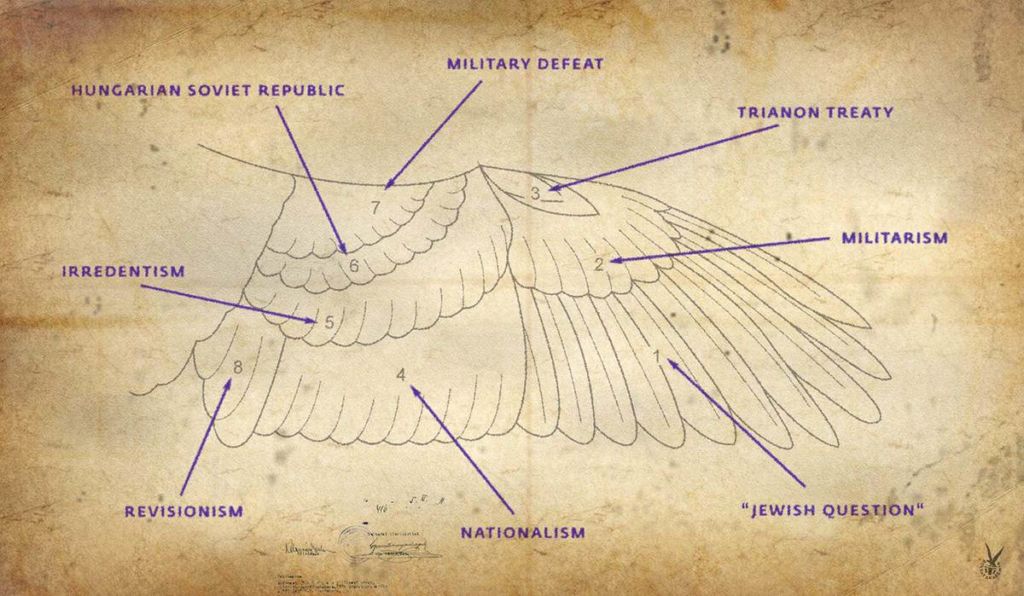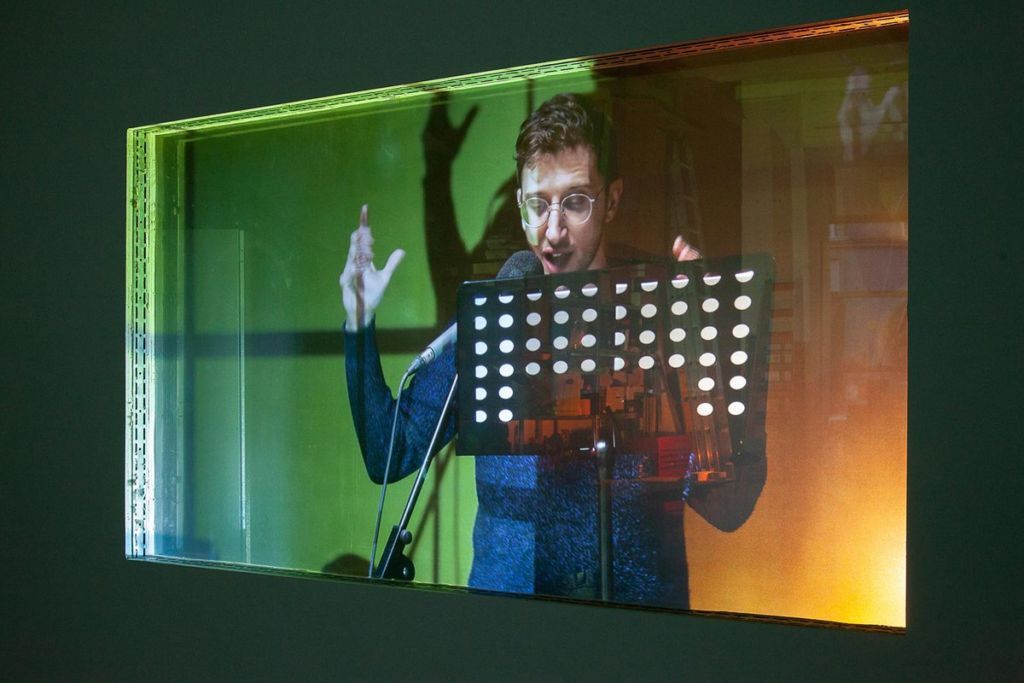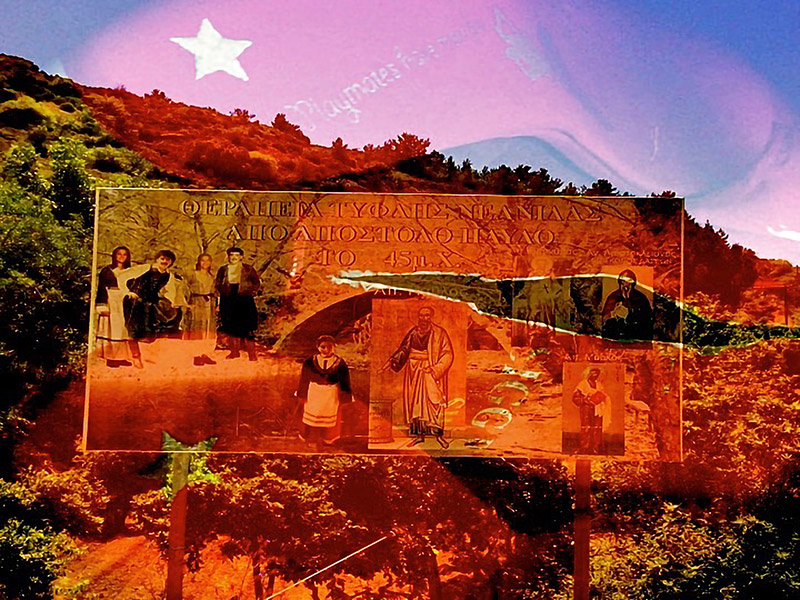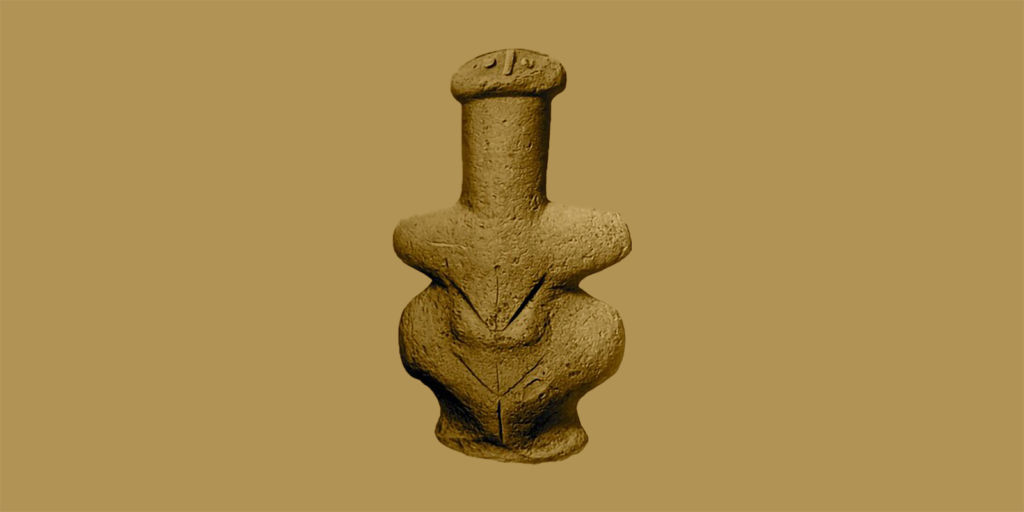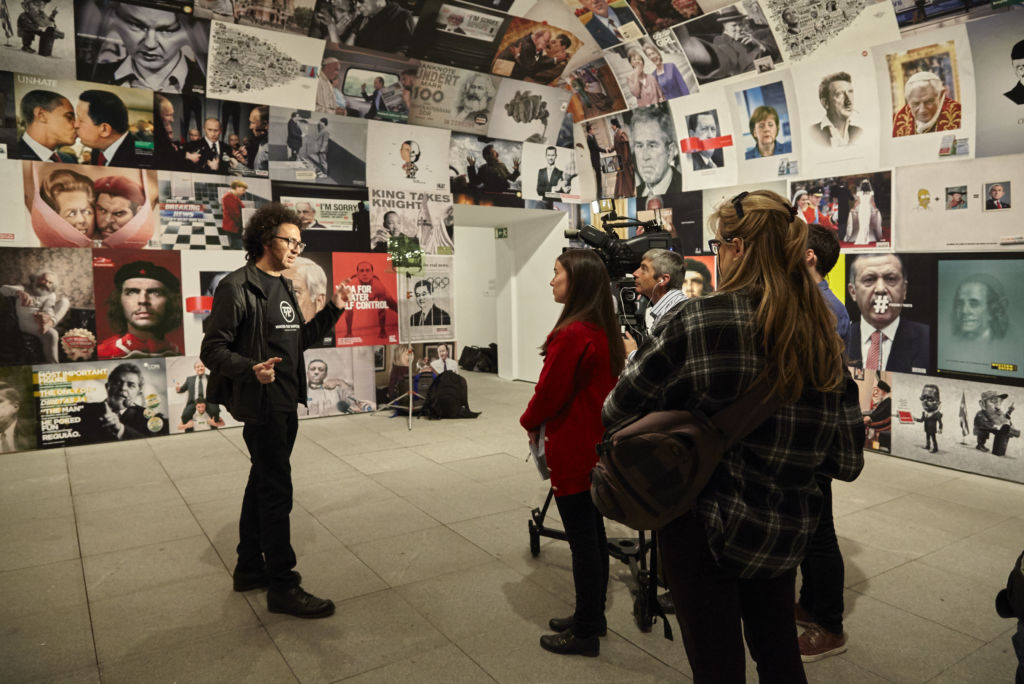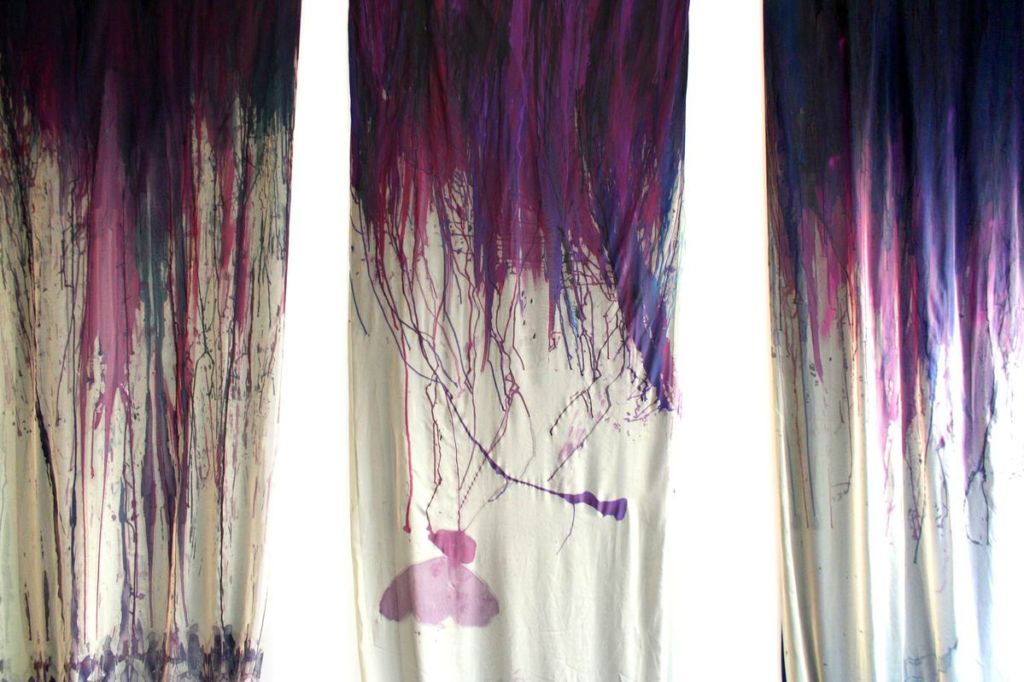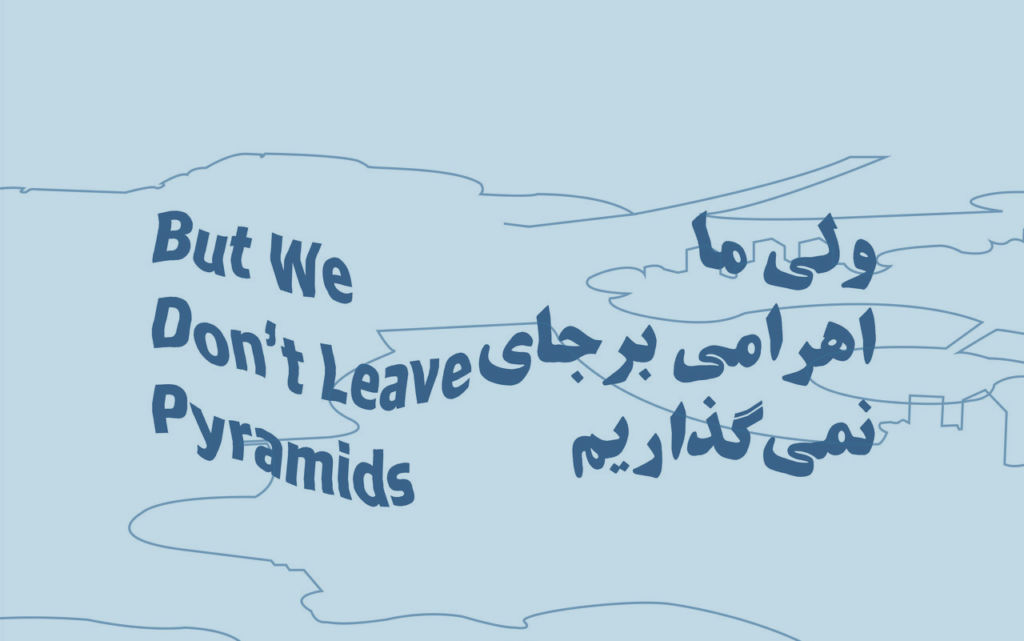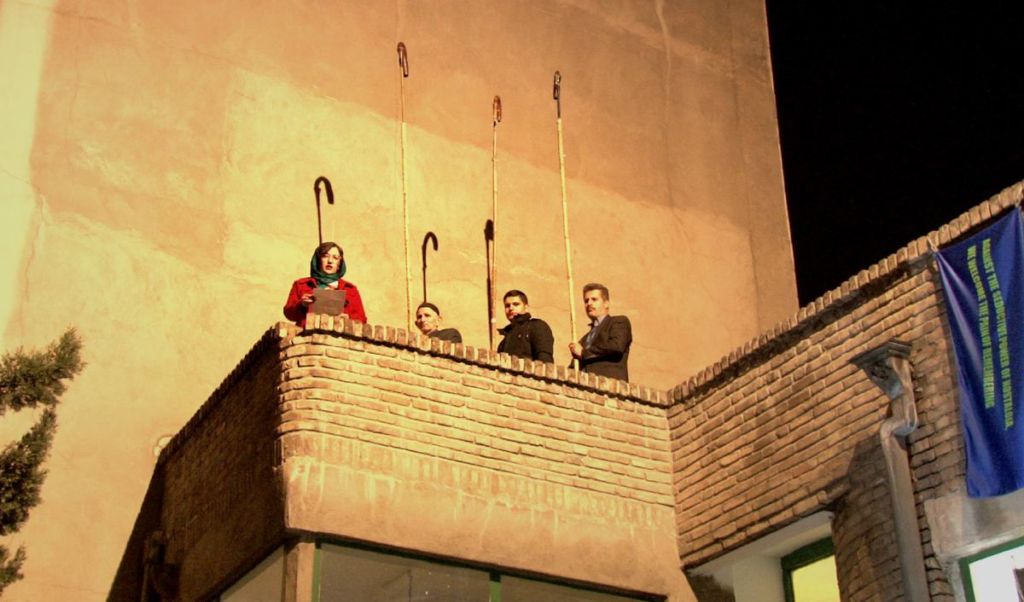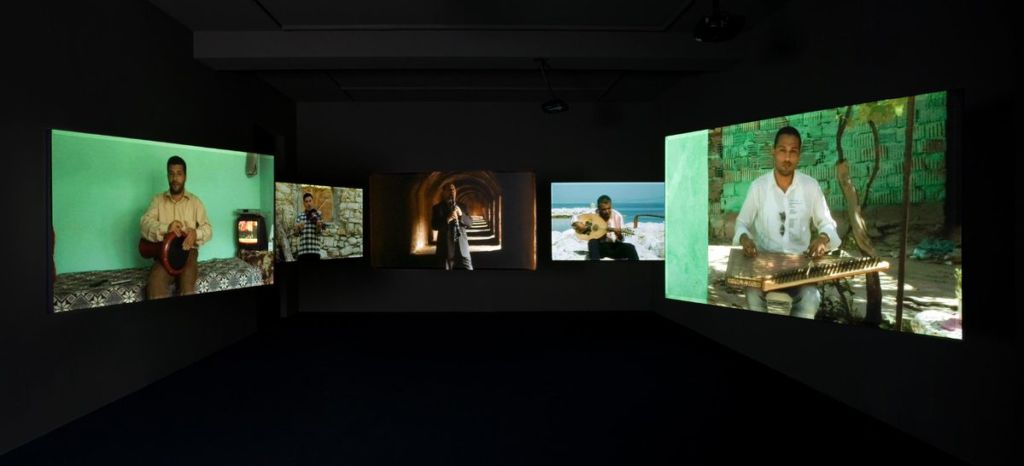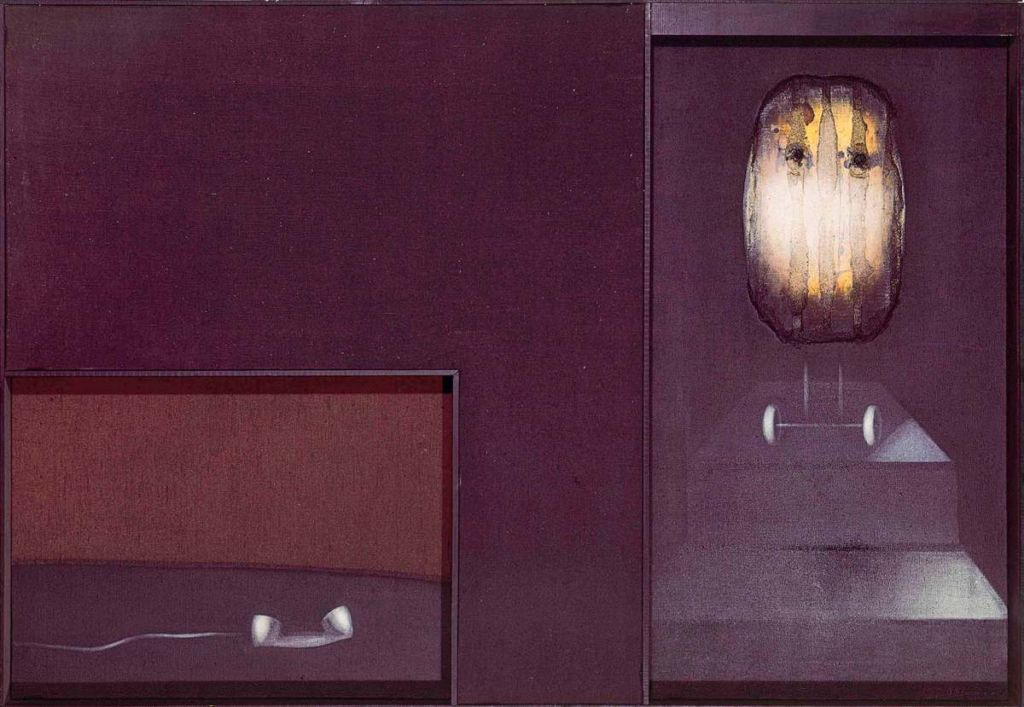In September 2019, the duo Emmanuelle Becquemin and Stéphanie Sagot, formerly known as La cellule (Becquemin&Sagot), embarked on a huge cruise ship to cross the Mediterranean. They made a film of it, Road-Movie Cruise/Until The End of The World #forever, composed of the dozens of short scenes they posted all last summer on Instagram. Their adventure in the heart of a sea monster illustrates and denounces a lifestyle and economy that is sinking before our eyes.
Le titre original de la série est Love Boat. L’expression « la croisière s’amuse » ne concerne donc que les amateurs francophones.
Emmanuelle Becquemin et Stéphanie Sagot ont déjà réalisé deux œuvres en forme de road movie. Road-movie péplum, deux sirènes chez les Argonautes en 2017-2018 et Road-movie Pop-corn en 2014-2016. Le premier était une traversée de la ville de Montpellier vue comme une cité antique. Le second, une exploration de villes balnéaires du Languedoc.
Cet article de David Foster Wallace est publié en français dans l’ouvrage Un truc soi-disant super auquel on ne me reprendra pas (éditions Au diable vauvert), recueil de sept textes sur des sujets aussi divers que la télévision, le tennis, la Foire de l’Illinois et bien sûr le tourisme de croisière.
In a few years cruise ships have become symbols of the Capitalocene, i.e. a generalised economy that has lost all sense of reason. Pictures of these gigantic structures disfiguring Venice and its lagoon (and many other sites) have travelled around the world. But beyond the environmental and economic imbalance they cause, they have managed to epitomise the most appalling imbecility through two tragic events that hit the news. In January 2012, Francesco Schettino, commander of the Costa Concordia, sailed too close to the Tuscan coast trying to impress a young woman he was flirting with. After hitting the reefs, the hull was torn open leaving a gash 53 metres long and 7.30 metres wide: the boat immediately started to flood. Magnificent to the end, the captain quickly proceeded to abandon the sinking ship with more than 4,000 passengers on board. The toll: 32 dead, dozens of injured and hundreds of millions of euros lost in refloating and repairing the liner. More recently, on 21 March 2020, while the Celebrity Apex was in quarantine in the port of Saint-Nazaire, the 1,400 or so crew members confined because of the presence of Covid-19, held a splendid party in one of the ship’s discotheques. The fun-seekers were given away by a video posted on Snapchat. The virus spread even further, their confinement was prolonged and the affair became the laughing stock of millions of Internet users.
Yet, not that long ago, cruise tourism was generally associated with old-fashioned elegance and comfortable travel in good company. The TV series The Love Boat (broadcast in many countries between 1977 and 1987) – watched only by people over 60 at the time –became a cult. Almost everyone is now familiar with the phoney world of the Pacific Princess, the theatre for ham-acted love stories that always have a happy ending, thanks to the crew’s prankster complicity1. Except that today the party is starting to smell a little musty. There’s nothing funny any more about those massive, white, metallic liners.
Actresses in their adventure
It was this end-of-party atmosphere that Emmanuelle Becquemin and Stéphanie Sagot “wanted to live from the inside in order to experience it better” by embarking on the Oasis of the Seas, a huge 220,000-ton cruise ship built in 2010, 361 metres long and 66 metres wide, comprising 525,000 m² of sheet steel, 5,000 km of electric wires, 90,000 m² of carpeting and 4.1 million litres of fresh water consumed every day. The ship is American, but it flies the flag of the Bahamas, characteristic of flags of convenience, which, according to the definition in force since 1974, authorises “real ownership and control in a country other than that of the flag under which [the ship] is registered”. This legal uncertainty allows owners to evade the rules of international taxation, security and common law. From the inside, this floating tax haven looks uncannily like a vast, glitzy Californian mall where consumption is king.
September 2019: departure from Barcelona to Palma, then Marseille, Tuscany ( Florence is a must), Rome, Naples and back to Barcelona, all at a frantic pace, with 6,500 passengers and 2,300 employees on board. The artists set themselves the task of exploring the ship in a week, its architecture but also its uses and functions: the white evening or the captain’s evening “for madam” with “pretty hostesses for sir”, the thirty-odd bars and restaurants, discos, shops of every kind, spa, planetarium, games and sports halls, climbing walls, swimming pools and even a jogging track that runs along the countless corridors. The crew is highly professional. Information is everywhere. Either through the messages regularly broadcast in the corridors. Or through an application that lists the day’s activities: the weather, the schedule of workshops (towel folding), the evening programme and dress code, and above all the hygiene measures, with a real dread of gastric viruses (Covid hadn’t yet appeared on the scene). Everything is under control. Even if movements are always fluid (never any long queues), the experience is exhausting due to the sheer size of the ship. An empire of excess!
The trip was prepared with the idea of staging small, on the spot events that blend in seamlessly, a kind of micro-fiction featuring the daily life of all the fun-seekers. Actresses in their own adventure, false twins, understudies or avatars playing on the clichés of female representation, the two artists adopt a variety of roles: lifeguards, besotted starry-eyed girls, dreamers, party girls, even being referred to as the French Ladies by the commander. They had brought along the basic filming equipment: a standard GoPro camera (the G-EYE 900) as well as an iPhone 8 and a tripod. Shooting without authorisation, they managed to cover the architecture, angles, points of view, natural or artificial lighting and filmed in Full HD. The images are quite beautiful, these ships are undeniably photogenic, repulsive yet fascinating because of their unusual character, highlighting the ambivalence they evoke in many of us. The result can be hilarious, with a strong sense of cinematic burlesque, the art of short scenes featuring unsteady bodies and scenery (e.g. the drunken dance scene on the basketball court or the Hindu incantations/meditations on a service deck). There is an element of Jacques Tati in the attitudes. There are also the fantasy worlds, especially the scene where the two artists are dressed as phoenixes on the foredeck. Wearing capes, they play the role of look-outs watching the world burning down. The phoenixes symbolise this disappearance, in the hypothetical hope that life will rise again from the ashes. It is with good reason that they subtitled their project “1. Ship of fools, 2. Allegory of Gluttony, 3. Death and Misery” in direct reference to Hieronymus Bosch’s triptych. The Flemish painter knew better than anyone how to describe the torments of the human comedy and the promise of its collapse with corrosive humour and delirious visions.
And the ship sails on
But what ultimately emerges from the experience is not so much allegorical humour as the sense of obsolescence that pervades this ship. The images are edited in a way that amplifies this atmosphere: 42 short scenes of 2 to 3 minutes each, shot identically and at the same pace, intended for a three-season series based on Bosch’s triptych. Each episode was posted on Instagram at 7 p.m. from July 4th, like tourist travel souvenirs posted daily by the average female traveller. Instagram is the ideal tool to represent the narcissistic insistence of our world that mocks everything but its own image. As the title of the work indicates, the playlets, put together, compose a road movie2, a film about wandering. The soundtrack is always in the same vein: mawkish Hawaiian-style music ideal for TV romances and 2-star hotel lifts. The English voices are taken from the application that sets the pace of daily life on the Oasis of the Seas. Each scene ends with the disenchanted image of a cloudy, recurring horizon showing the same phrase in the background: Until the end of the world, followed by the hashtag #forever. The repetition is expressed by the omnipresent sea horizon but also by the engine that keeps running, even when the ship is docked (to constantly produce electricity to ensure the ship’s functions night and day). The loop is incessant, haunting, depressingly boring.
It is undoubtedly for this reason that Emmanuelle Becquemin and Stéphanie Sagot read various excerpts three times in voice-over, taken from a text by David Foster Wallace, a brilliant, hard-hitting American writer, who committed suicide in 2008 and found it so hard to cope with the vulgarity of his contemporaries. In 1996 he sailed to the Caribbean on a similar cruise ship to write a piece for the magazine Harper’s Bazaar3. On board he gives the account of a passenger like no other, spying on the vanity of this blind tourist frenzy. “I have heard upscale adult U.S. citizens ask the Guest Relations Desk whether snorkelling necessitates getting wet, whether skeet shooting will be held outside, whether the crew sleeps on board, and what time the Midnight Buffet is…” He adds uncompromisingly: “A vacation is a respite from unpleasantness, and since consciousness of death and decay are unpleasant, it may seem weird that the ultimate American fantasy vacation involves being plunked down in an enormous primordial stew of death and decay.” That says it all!
Once we’ve been around the world, discovered and worn out its every nook and cranny, right down to the depths of the sea, we’ll have to invent other tourist destinations. The next road movie by Emmanuelle Becquemin and Stéphanie Sagot is scheduled for outer space. “We’ll get lost in it, we’ll gather images, impressions, experiences, bearing in mind the question: is it possible to book the sky?”
Translation by Angela Kent
Cover: Ep02S01: Road-movie Cruise, until the end of the world #forever, 2020
courtesy H Gallery (Paris)
[rl_gallery id=”23432″]
